Fishfinders and echo sounders are tools used to find the location of marine life underwater, navigate a boat safely through choppy waters, and locate fish. In other words, they are an essential piece of marine navigation equipment for amateur and commercial fishermen alike.
Though both types of equipment fulfil a similar task, there are some differences in how they work. Fishfinders use sonar to locate fish in the water ahead of, behind, or around you, whereas an echo sounder locates fish or other objects directly below your vessel.
Both use sonar-based technology which is then processed and displayed by your ship’s transducer and onboard computer, showing what is underneath or surrounding your boat’s hull.
If you are in the market for a fishfinder or echo sounder, it is important to be clear about what you need and understand the unique features and benefits of each product before buying one. Apart from the size of the device, here’s what you need to know about choosing the right one for you:
Technology
Fishfinders and echo sounders can be further divided into sub-types depending on the technology used. Each type of nautical navigation equipment offers a slightly different perspective on the underwater world, and this information is best combined to give you a comprehensive view.
Traditional 2D Sonar VS CHIRP Technology
Devices that use traditional 2D sonar utilise sound waves to map underwater objects from above, which makes it ideal for locating fish like mackerel or herring. This can be useful in identifying large schools or shoals of fish but may be limited in displaying a 3D image of what’s below your ship.
Compared to traditional sonar that uses a single frequency to scan for information, Compressed High-Intensity Radiated Pulse (CHIRP) technology continuously sends out low to high frequencies. This enables you to receive a much stronger image with better quality and detail definition. There are many advantages of CHIRP technology and most fishfinder brands today use CHIRP in their devices, such as the Raymarine Echo Sounder / Fish Finder CP100 DownVision (E70204).
Down VS Side Imaging Sonar
Down imaging sonar uses high frequency sonar waves to identify and represent what’s ‘down’ below your hull. These high frequency waves usually result in high-quality details.
Side imaging sonar uses the same technology, but positioned to the sides of your vessel. This lets you cast a sonar ‘net’ around your vessel, letting you have a clear view of what surrounds you. There are advantages to both down and side imaging sonar.
Live VS Recorded Sonar
Live sonar displays data as it happens but usually has a limited range. Recorded sonar stores and displays data on a slight delay, which can be useful in viewing a larger range of information.
Power and Frequency
The power of your fishfinder or echo sounder is measured in Watts (W). The higher the wattage rating, the louder and more powerful your device tends to be. While a more powerful wattage might be good for imaging, keep in mind that a device that is too loud could spook any fish around – affecting your overall catch.
Apart from its power level, you’ll also want to see what frequencies the device uses. The higher the frequency, the more accurate a reading you’ll get on your display. Some devices are also capable of using multiple frequencies to enhance the range and quality of their data:
- Single-Frequency Mode: If you’re fishing in shallow water a single-frequency fishfinder might be sufficient for your needs.
- Multi-Frequency Mode: Devices with multi-frequency modes will provide better quality imaging for depths of 30m and deeper.
- Dual-Frequency Modes: Dual-frequency mode means a device uses two frequencies simultaneously – usually one above 800 kHz and one below 1000 kHz – for more accurate readings. These devices also penetrate turbulent waters better than single-frequency modes.
Other Features
Other features to look out for in a fishfinder or echo sounder include mapping/GPS capabilities to help you navigate, and touchscreens or buttons for convenience and ease of use. For example the Raymarine Echo Sounder / Fish Finder CP470 Clear Pulse (E70298) comes with Raymarine’s LightHouse II powered multifunction display screens that allows you to view information in full or split screen sonar windows.
Purchasing from a Reliable Marine Navigation Equipment Supplier
Tecomart has been a trusted marine navigation equipment supplier for decades and supplies a wide range of products for nautical use including fishfinders and echo sounders. Find out more about is in our FAQs or contact us for more information on our products.

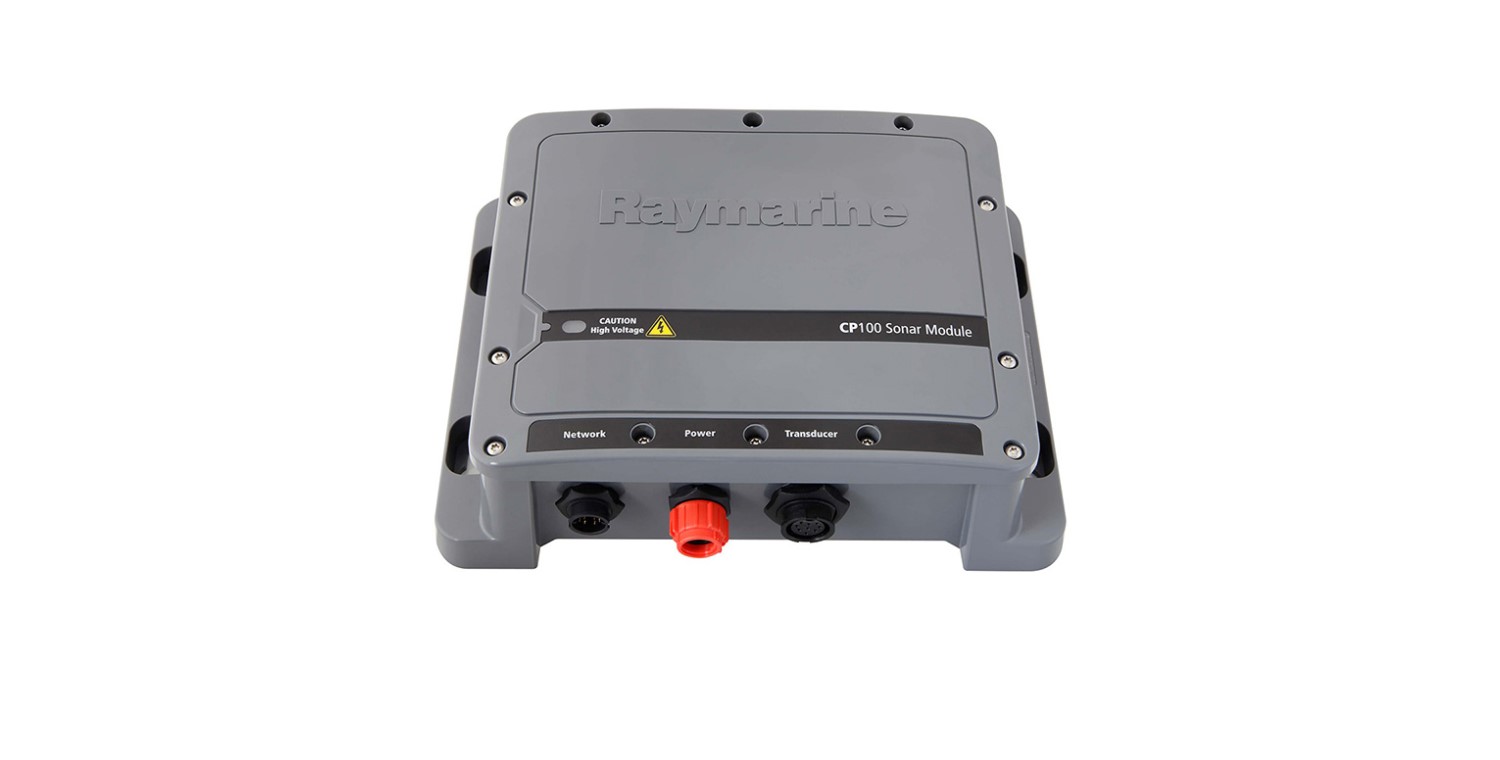
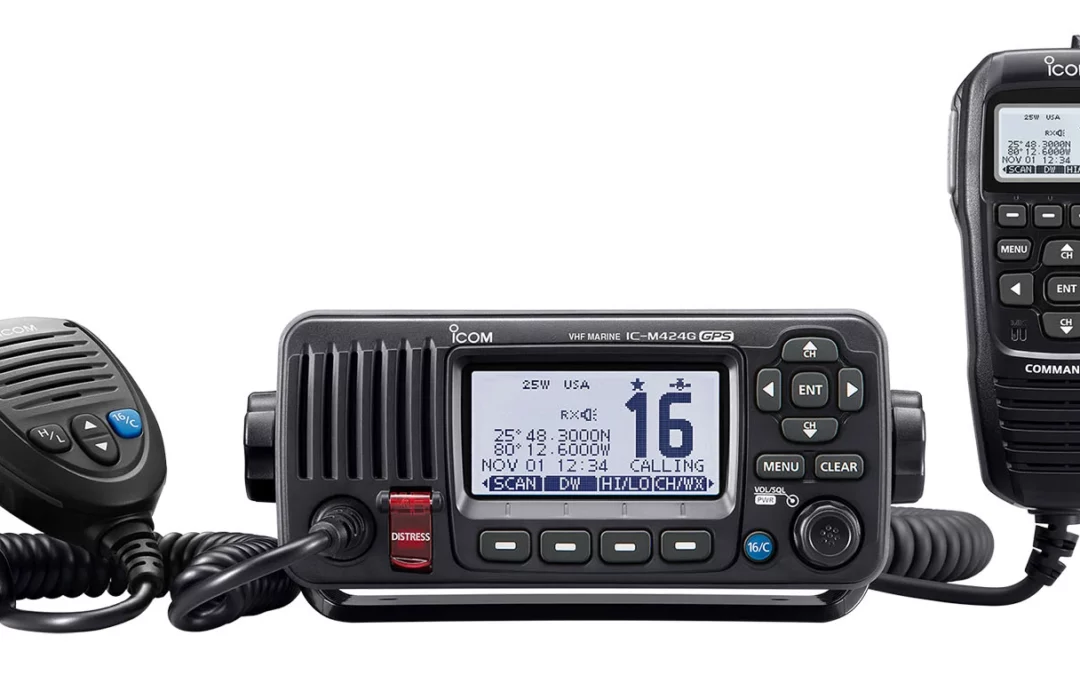
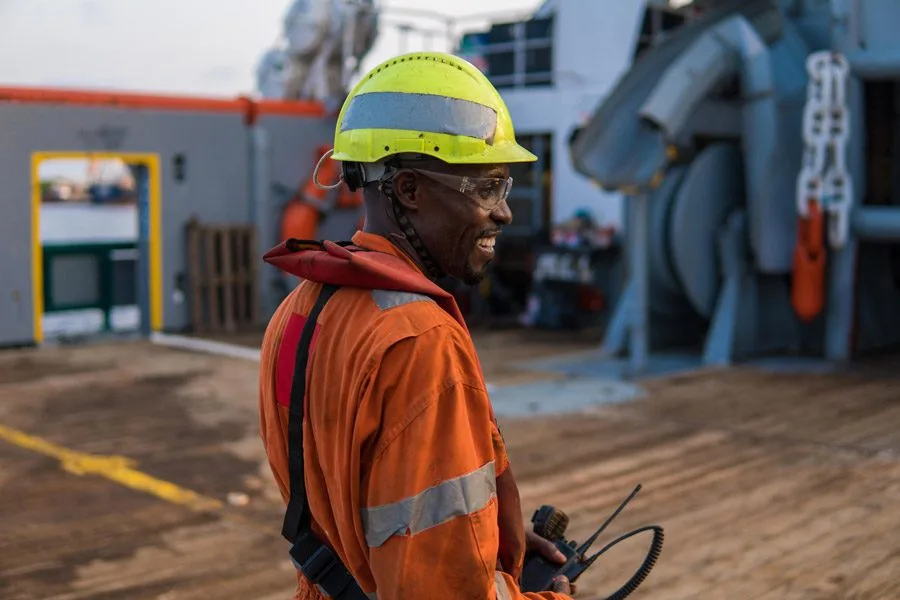
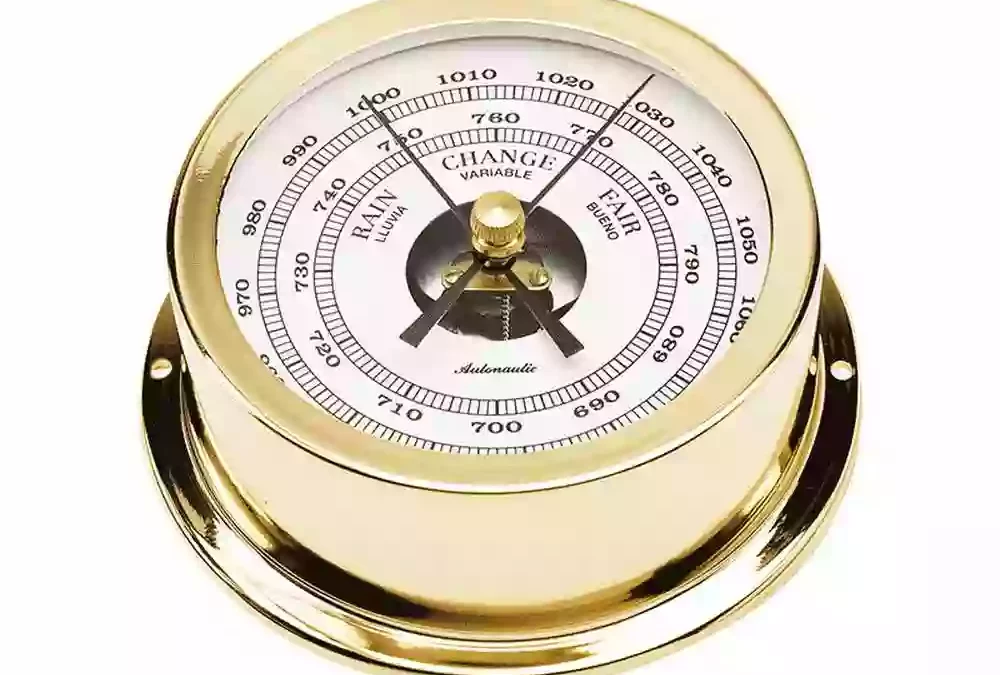
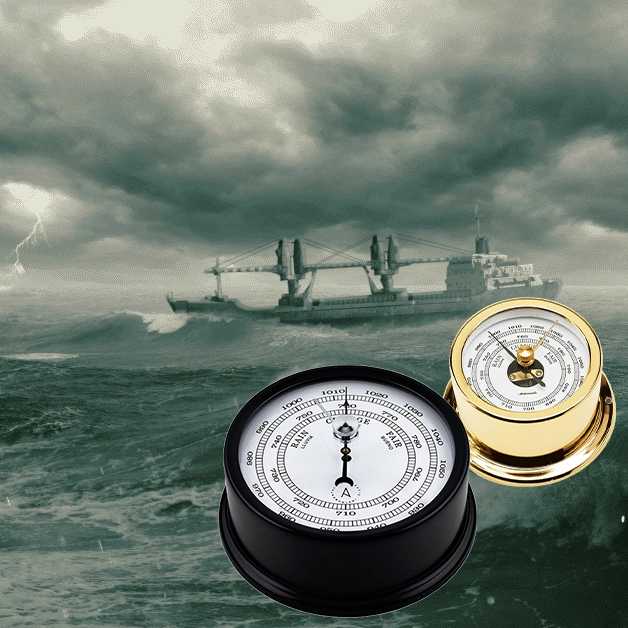
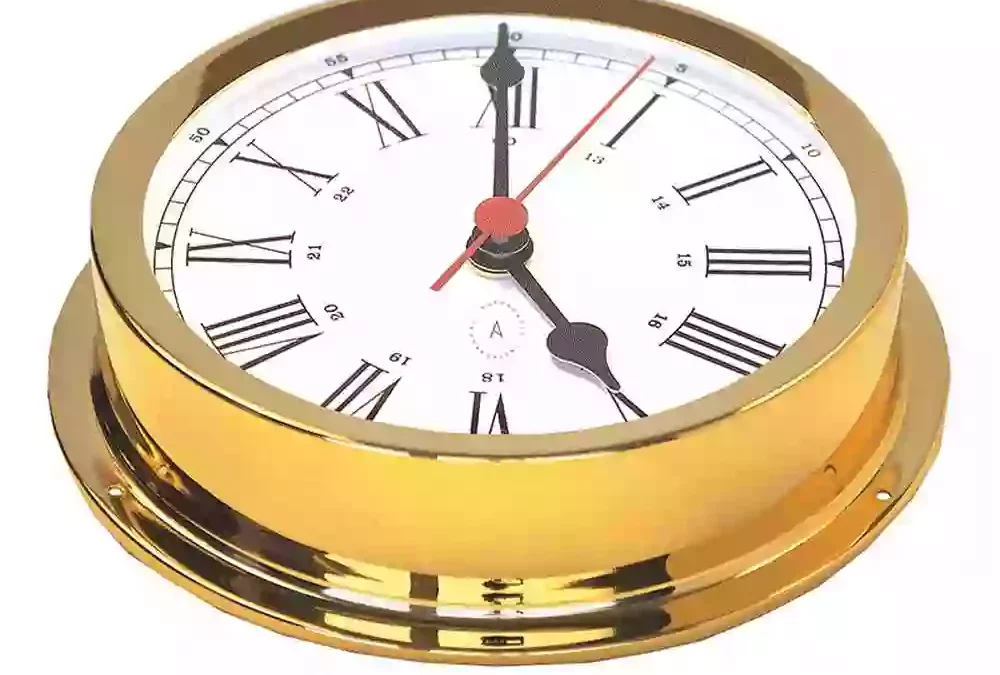
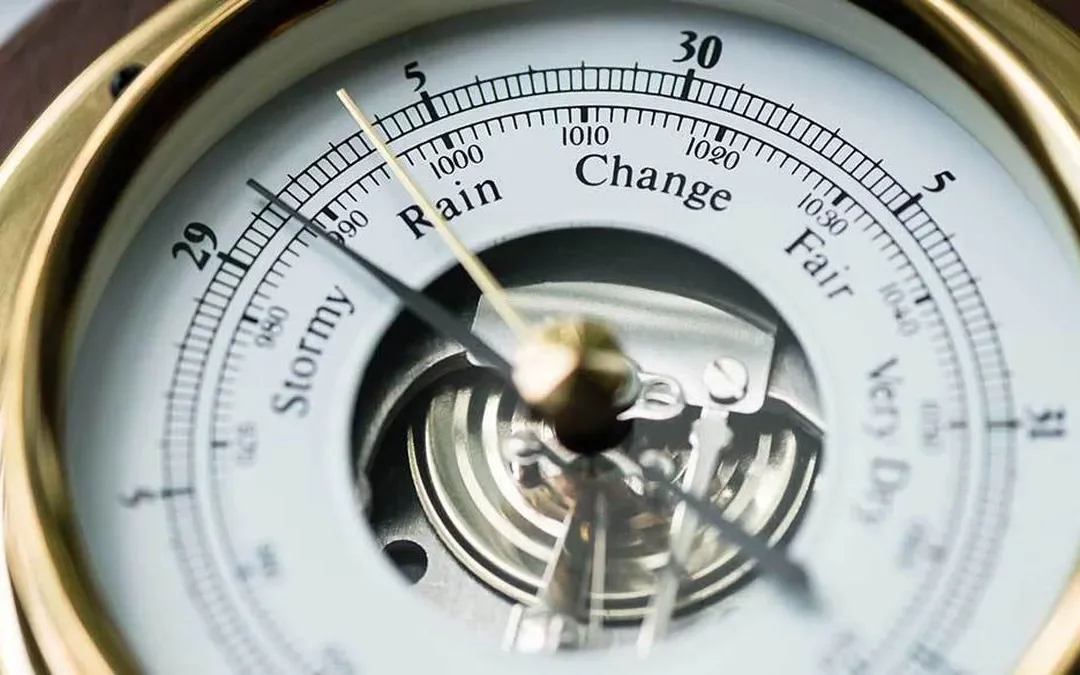
0 Comments